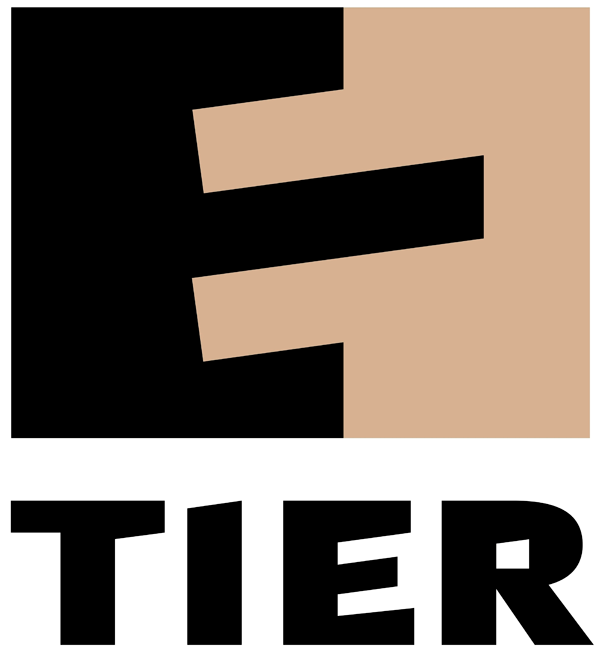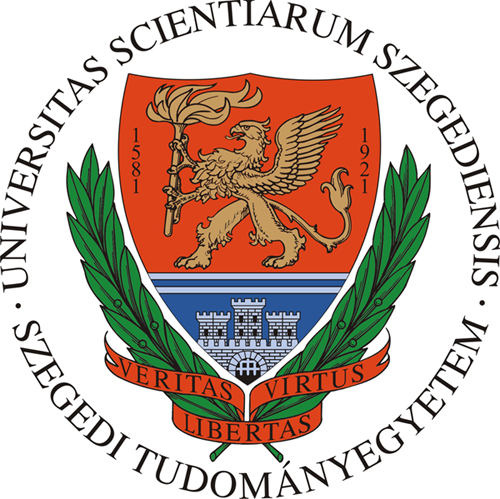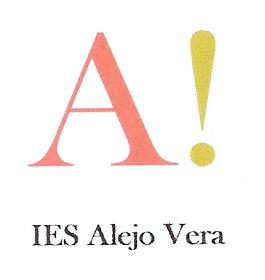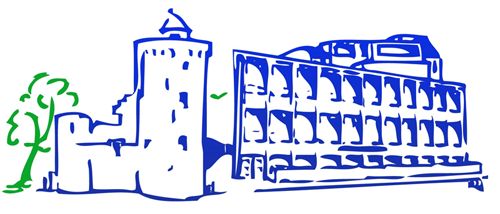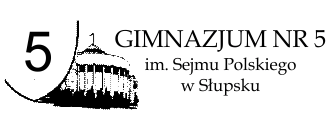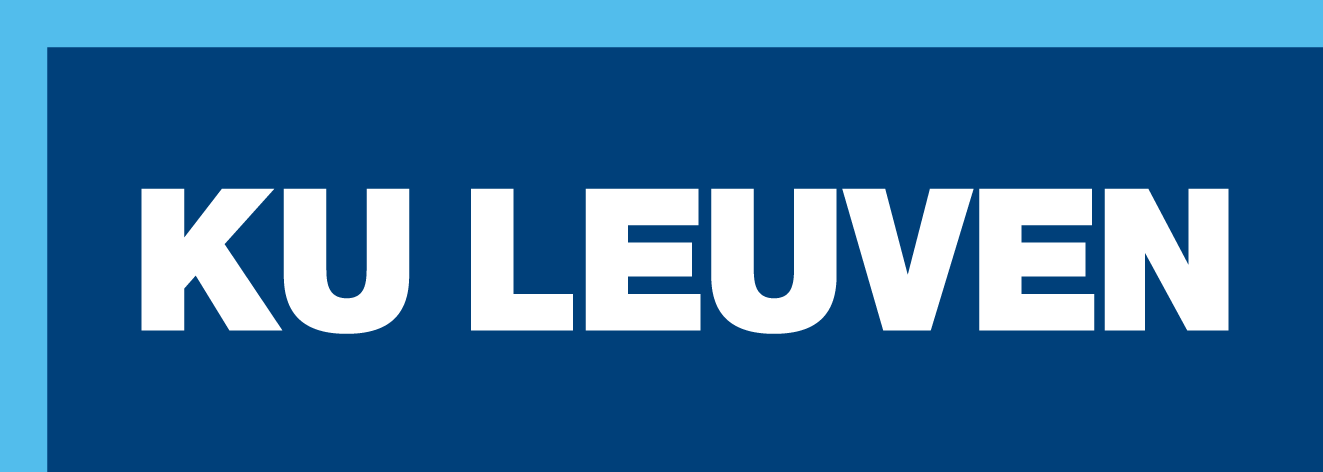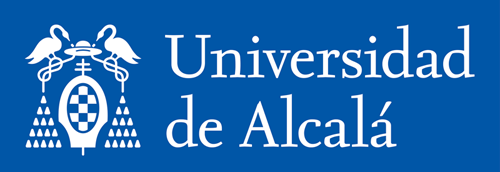INTRODUCTION
Young people across Europe grow up in very different home and school environments and experience wide-ranging attitudes to sexual education and sexual orientation. Although there has been some openness to LGB rights, the situation still remains critical because of the persistence of prejudice, discrimination, and violence motivated by homophobic attitudes.
In the last several decades an increasing body of research has emerged about the educational experiences of lesbian, gay and bisexual (LGB) youth, much of which demonstrates that the climate of middle and high schools are generally unsupportive and unsafe for many of them (Generelo and Pichardo, 2005). School climate is extremely influential, and has been linked to the mental and academic health of students. In the context of education, it is very important that teachers and trainee teachers learn to develop inclusive classrooms. LGB youth often report experiencing harassment, discrimination, and other negative events in school, usually related to their sexual orientation, gender identity, and expression. Such experiences include high levels of verbal and physical harassment and assault (Kosciw and Diaz, 2006), sexual harassment (Bochenek and Brown, 2001), social exclusion and isolation (Ueno, 2005), and other interpersonal problems with peers (Pearson et al., 2007).
In order to assess the current state of school climate for LGB students across the United States, the Gay, Lesbian, and Straight Education Network (GLSEN) conducts the National School Climate Survey (NSCS) every two years. According to the last survey (Kosciw, Greytak, Giga, Villenas, & Danischewski, 2016), homophobic remarks about gender expression are still common. Three-thirds of the sample reported feeling unsafe at school due to their sexual orientation and gender expression. It is still common to avoid spaces which are perceived as unsafe (such as bathrooms, locker rooms…) and verbal harassment based on sexual orientation is still mentioned by three-quarters of LGBT students. As a result, those LGBT students who experienced these discriminatory behaviors reported missing more days of school, lower achievement scores, lower educational aspirations, fewer levels of school belonging and in general, poorer psychological well being.
In the European context, municipal councils, NGOs, and associations play an important role in the improvement of the conditions of LGB people. In this regard, we can mention initiatives such as AHEAD (Against Homophobia European Local Administration Devices, Coll Planas, 2011) or the COGAM study (Generelo, Pichardo and Galofré, 2006). Amnesty International is a good example of how to support schools through the creation of a social net of "Human Rights friendly Schools" (2018). A Human Rights Friendly School places human rights at the heart of the learning experience and makes human rights an integral part of everyday school life. From the way decisions are made in schools, to the way people treat each other, to the curriculum and extra-curricular activities on offer, right down to the very surroundings in which students are taught, the school becomes an exemplary model for human rights education. Thus, ‘Human Rights Friendly Schools' are founded on principles of equality, dignity, respect, non-discrimination, and participation. It is a school community where human rights are learned, taught, practiced, respected, protected and promoted. Young people and the school community learn about human rights by putting them into practice every day. Through an approach which goes beyond the classroom and into all aspects of school life, commonly called a ‘rights-based approach,' both schools and young people become powerful catalysts for change in their wider communities.
Although in some communities there may be a rise of positive attitudes of acceptance, toward LGB students, there is still a need to create safer and more inclusive school environments for them. The following measures are recommended by the 2015 National School Climate Survey:
- Support student clubs, such as Gay-Straight Alliances (GSAs) supporting LGBTQ students and addressing LGBTQ issues in education;
- Increase student access to appropriate and accurate information regarding LGBTQ people, history, and events through inclusive curricula. See the educational resources at www.glsen.org;
- Adopt and implement comprehensive school and district anti-bullying/harassment policies that specifically enumerate sexual orientation, gender identity, and gender expression as protected categories alongside others such as race, religion, and disability. It should be ensured that school policies and practices, such as those related to dress codes and school dances, do not discriminate against LGBTQ students;
- Provide training for school staff to improve rates of intervention and increase the number of supportive teachers and other staff available to students.
In addition to these school recommendations, we should consider that adolescents’ experiences in school and the school environment itself are influenced by larger contexts, including the school's local community and geographic area. Understanding the interactions between the individual and the environment is crucial to understand the ways in which individuals behave and develop.
Far from being a homogenous population, LGB youth have varying life experiences due, in large part, to differing individual demographic characteristics and the characteristics of the communities in which they reside. Personal characteristics, such as gender identity (Bontempo and D'Augelli, 2002), and race or ethnicity (Kosciw and Diaz, 2006; Parks, 2001), shape the educational and other life experiences of LGB youth. Thus, it is important to examine any such potential individual demographic differences in these youth's experiences of school safety and victimization.
In this respect, Kosciw, Greytak and Diaz (2009) show how locational (region and locale), community (school district poverty and adult educational attainment), and school district levels (district size and ratios of students to key school personnel) are related to indicators of hostile school climate for lesbian, gay, bisexual, and transgender (LGBT) youth. For example, higher poverty communities reported more victimization in school because of sexual orientation and gender expression than those in more affluent communities. LGBT youth in communities with a higher proportion of college graduates experienced less hostile school climates. And schools in rural communities were identified as being the most unsafe in comparison to schools located in urban contexts. Some authors claim that rural communities tend to have more negative attitudes and lower levels of tolerance toward LGBT people than urban communities. A higher presence of traditional values regarding religious beliefs, sexuality and gender roles, could promote negative attitudes toward non-heterosexual populations (Herek, 2002). These findings highlight the importance of considering the multiple contexts that LGBT youth inhabit, particularly as they pertain to different educational experiences.
STORIES
https://youtu.be/iAwJQYs7pKM
After watching these videos, think and discuss why supporting policies towards LGB students are needed for promoting sex education, safe spaces and identity exploration.
DISCUSSION QUESTIONS
- Are you a supportive ally to LGB youth? How could you be more supportive for them?
- If you are a teacher, how do you discuss bullying, gender roles or family diversity with your students? If you are not a teacher, think how you talk about these issues with family or friends.
- If you are a teacher or teacher trainee, how can you include positive representations of LGBT people in the curriculum? How do you inspire your students to be kind and speak up when they see bullying due to sexual orientation, gender identity or gender expression? Do you consider your school as including spaces which are perceived as unsafe (such as bathrooms, locker rooms…)? How could they be turned into safe spaces?
- If you are not a teacher, think how you can contribute to create safer environments for LGB people in your family or community. Would you speak up for LGB people if you witness discrimination due to sexual orientation, gender identity or gender expression?
REFERENCES
- Bochenek, M., and Brown, A. W. (2001). Hatred in the hallways: Violence and discrimination against lesbian, gay, bisexual, and transgender students in US schools. Human Rights Watch.
- Coll-Planas, G. (coord.) (2011). Combating Homophobia. Local Policies for Equality on the grounds of Sexual orientation and Gender Identity. A European White paper. Barcelona: Ajuntament de Barcelona, Direcció Drets Civils.
- Generelo J. and Pichardo J. I. (eds.) (2005). Homofobia en el Sistema Educativo. Madrid: COGAM.
- Generelo, J., Pichardo, J. I. and Galofré, G. (Eds.) (2006). Adolescencia y sexualidades minoritarias: Voces desde la Exclusión. Comisión de Educación de Cogam. Madrid: Cogam, UAM, FELGT.
- 2015 National School Climate Survey. Retrieved 10/01/2018 from:
www.glsen.org/article/2015-national-school-climate-survey - Herek, G. M. (2002). Heterosexuals’ attitudes toward bisexual men and women in the United States. Journal of Sex Research, 39(4), 264–274.
- Human Rights Public Shools (2018). Amnesty International. Retrieved 10/01/2018 from: https://www.amnesty.org/en/human-rights-education/human-rights-friendly-schools/
- Kosciw, J. G., Diaz, E. M., and Greytak, E. A. (2006). The 2005 National School Climate Survey: The experiences of lesbian, gay, bisexual, and transgender youth in our nation’s schools. New York: Gay, Lesbian & Straight Education Network. Retrieved 16th April 2018, at www.glsen.org.
- Kosciw, J. G., Greytak, E. A., Diaz, E. M. (2009) “Who, What, Where, When, and Why: Demographic and Ecological Factors Contributing to Hostile School Climate for Lesbian, Gay, Bisexual, and Transgender Youth”. Youth Adolescence 38:976–988 Springer
- Kosciw, J. G., Greytak, E. A., Giga, N. M., Villenas, C. & Danischewski, D. J. (2016). The 2015 National School Climate Survey: The experiences of lesbian, gay, bisexual, transgender, and queer youth in our nation’s schools. New York: GLSEN.
- Parks, C. W. (2001). African–American same-gender-loving youths and families in urban schools. Journal of Gay & Lesbian Social Services, 13(3), 41–56. doi:10.1300/J041v13n03_03.
Pearson, J., Muller, C., and Wilkinson, L. (2007). Adolescent same-sexattraction and academic outcomes: The role of school attachment and engagement. Social Problems, 54(4), 523–542. doi:10.1525/sp.2007.54.4.523
Ueno, K. (2005). Sexual orientation and psychological distress in adolescence: Examining interpersonal stressors and social support processes. Social Psychology Quarterly, 68(3), 258-277.

